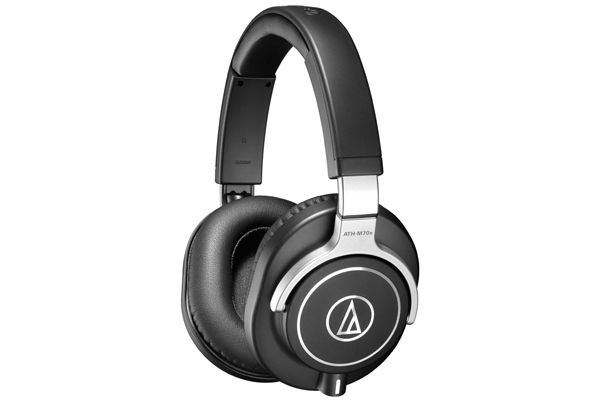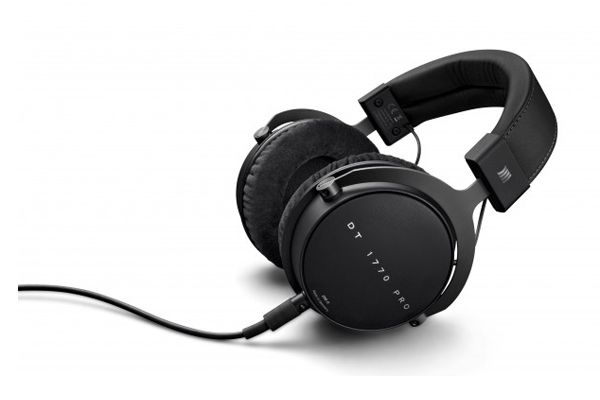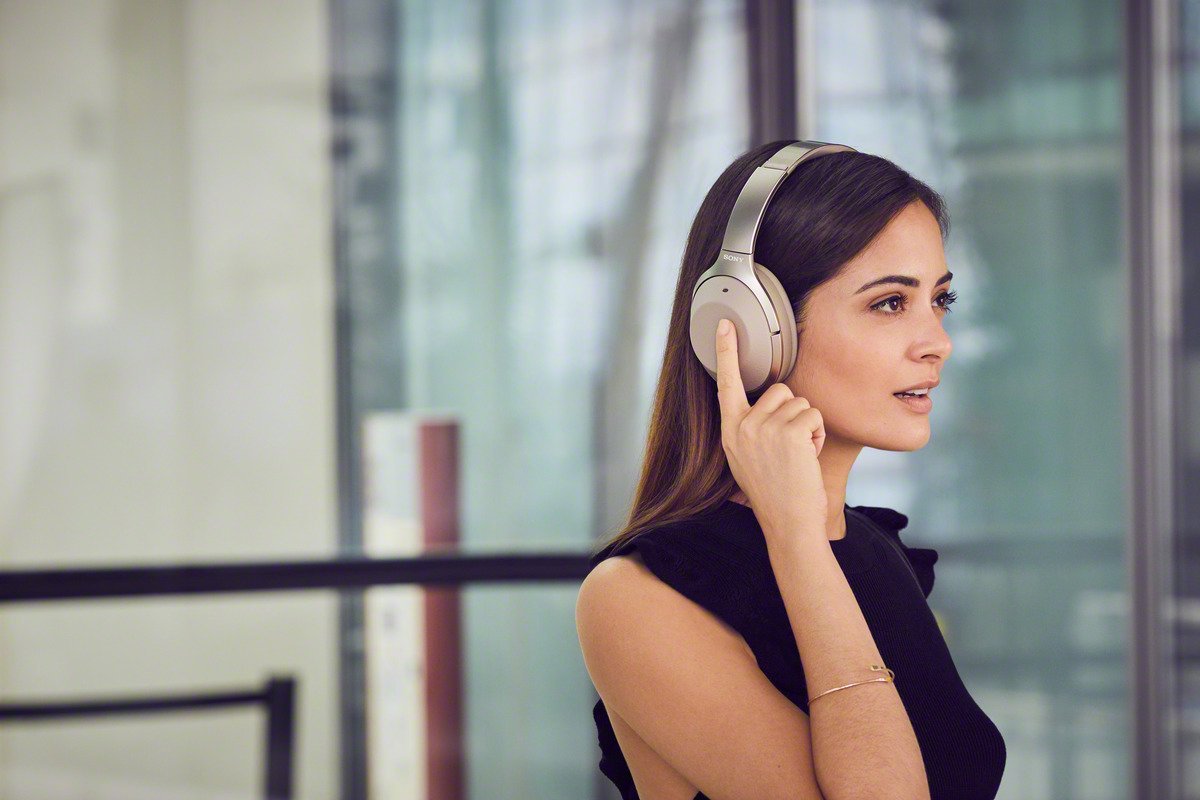For those entrenched in the world of professional audio, the significance of the studio headphone is similar to the artist’s brush or the writer’s pen. Studio headphones have a pivotal role in the music production process, affecting everything from the fidelity of sound to the very feel of the music.
In this comprehensive shoot-out, we’re pitting four of the most renowned studio headphone models against each other. We’re not just looking at their superficial design and brand aura; we’ll delve deep into their technical specifications, comfort levels, and, most importantly, their sound quality. This analysis aims to provide audiophiles, music producers, and sound engineers with an exhaustive resource to make an informed purchase that is crucial to their craft.
Understanding Studio Headphones
Before we dive headfirst into the battle of the headphones, it’s essential to grasp the critical features that define studio-grade equipment. Studio headphones are designed to provide an accurate and flat sound response, ensuring no frequencies are over- or under-emphasized, which might influence mixing decisions. Here, we break down what to look for:
- Open Back vs. Closed Back: Open-back headphones, favored by audiophiles, provide a natural sound and a broader soundstage. In contrast, closed-back headphones isolate sound, making them ideal for tracking and recording.
- Transducer Type: The transducers convert electrical energy into sound waves. Dynamic transducers are more common and versatile, while planar magnetic ones offer greater transient response and detail.
- Impedance: Measured in ohms, high impedance headphones are better suited for studio use as they interact well with professional audio equipment and offer cleaner sound.
- Sensitivity: This indicates how loudly the headphones will play at a given input level. Higher sensitivity doesn’t necessarily mean better, as it can be a sign of less critical listening gear.
- Frequency Response: The range from the lowest to the highest frequencies that the headphones can accurately reproduce.
Also Read: Open back Vs Closed back headphones: A comprehensive guide to choosing the perfect pair
Comparison Criteria
When comparing studio headphones, we’re looking at distinct criteria such as:
- Sound Quality: The ability to replicate audio as close to the original recording as possible.
- Comfort and Fit: The headphones should be wearable for long periods without causing discomfort.
- Durability and Build Quality: Studio headphones need to withstand the rigors of daily use.
- Versatility: Some models might cater more closely to specific genres or tasks; we’ll explore the breadth of their applicability.
- Value for Money: While top-tier models can be costly, they must offer a return on that investment in performance.
Let’s now put the above understanding and criteria to the test as we bring forth the contenders.
Audio Technica ATH-M70x Professional Closed Back Headphone
Overview: Audio-Technica has a storied history of manufacturing headphones known for their durability and clarity. The ATH-M70x is a flagship model in their studio headphone lineup.

Key Features and Specifications:
- 45mm drivers with rare earth magnets and copper-clad aluminium wire voice coils
- Closed-back design to provide passive noise isolation
- 5-40,000Hz frequency response, providing incredible detail across the spectrum
- 98dB sensitivity and 35 ohms impedance for studio-friendly performance
Performance Evaluation:
The ATH-M70x excels in detail retrieval, making it a good choice for mixing engineers who focus on minute sonic variations. The soundstage, although not as expansive as open-back counterparts, offers a great sense of space. However, it’s the detailed middle and high frequencies where these headphones truly shine, often revealing layers in music that remain hidden on less-capable devices.
Beyerdynamic DT 1770 PRO Closed Studio Reference Headphone
Overview: Beyerdynamic is a venerable name in the audio world, and their DT series is synonymous with quality and reliability. The DT 1770 PRO is a versatile closed-back studio reference headphone.

Key Features and Specifications:
- 45mm dynamic Tesla 2.0 drivers for clear sound and excellent transient response
- Closed-back, circumaural design with replaceable ear pads for user customizability
- 5-40,000Hz frequency response offering an expansive range
- 102dB sensitivity and 250 ohms impedance, suited for use with all professional audio equipment
Performance Evaluation:
The DT 1770 PRO carries a more robust build compared to the ATH-M70x, and the fit surpasses it in comfort with the adjustable headband and ear pad design. The sound quality is subjective, but the wider frequency range offers flexibility and caters well to a variety of music production tasks. The high-frequency response can indeed be described as ‘hot,’ which means there’s a bit more presence in this area.
Focal Clear MG Professional
Overview: Focal, the renowned French speaker manufacturer, has been making significant inroads with their high-end headphones. The Focal Clear MG Professional is their statement in the studio headphone market.

Key Features and Specifications:
- 40mm ‘M’-shaped dome full-range speaker drivers for richness and neutrality
- Open-back circum-aural design for accurate control of the sound environment
- 5-28,000Hz frequency response for extended low and high frequencies without emphasis
- 104dB sensitivity and 55 ohms impedance for compatibility with a wide range of devices
Performance Evaluation:
The Focal Clear MG makes a compelling case for a reference open-back studio headphone, excelling in detail and neutrality of sound. This is the headphone for audiophiles and purists who demand a natural balance across frequencies. It’s a dedicated mixing and mastering tool, where minute adjustments are made with confidence, knowing the sound will translate well to other systems.
HEDD HEDDphone TWO
Overview: As the world of headphones verges into the territory of new technologies, HEDD introduces the HEDDphone TWO with an innovative full-range Air Motion Transformer sound quality.

Key Features and Specifications:
- Full-range Air Motion Transformer for a leap forward in sound quality and resolution
- Open-back design winning the soundstage game with a sense of space like no other
- 10-40,000Hz frequency response for an extended low and especially high end
- 87dB sensitivity and 42 ohms impedance making it surprisingly easy to drive
Performance Evaluation:
The HEDDphone is a revelation, particularly for critical listeners and those seeking the absolute best in sound accuracy. Its Air Motion Transformer technology sets a new benchmark for detail and resolution. While the open-back design limits its use for tracking, it offers a level of space and separation that’s unparalleled in the studio domain.
Conclusion
After our in-depth analysis, it’s clear that each of these studio headphones delivers exceptional performance in its unique way. For the professional seeking a durable workhorse with a focus on bass and treble detail, the Beyerdynamic DT 1770 PRO is a solid choice. Those who place a premium on comfort and a relatively flatter frequency response might lean toward the Audio Technica ATH-M70x.
If neutrality and the widest soundstage possible are your priorities, the Focal Clear MG Professional is likely to find its way into your shortlist. Finally, for those who refuse to compromise on sound quality, regardless of the noise or isolation needs, the HEDD HEDDphone TWO redefines what’s sonically possible in a studio headphone.
Make your studio headphone choice a mix of thoughtful contemplation, critical listening, and if possible, a side-by-side comparison. Here’s to making music that’s not just heard, but felt on a higher level.










